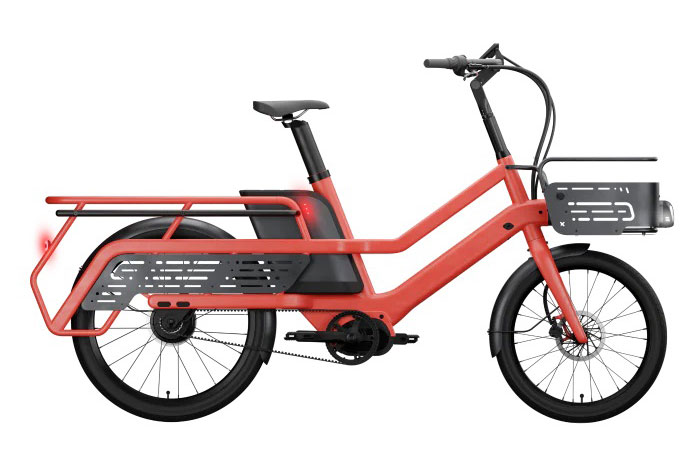
Doctors at the U. S. Team of Energy’s (DOE) Princeton Plasma Physics Laboratory (PPPL) have developed a new type of magnets that could improve the performances including devices ranging from doughnut-shaped combination facilities known as tokamaks to assist you to medical machines that create finely detailed pictures of the human body.
Tokamaks are devices designed to constrict the streams of sang that fuse atoms along side each other under extreme pressure and in addition temperature, releasing huge amounts of hard work on an ongoing basis. These hard drives rely on a central electromagnet , a solenoid, to create a stainless steel current and magnetic arenas that confine the plasma so the fusion reaction can occur. Energetic subatomic dirt known as neutrons emanate by the plasma and can degrade insulation surrounding the electromagnet’s orthodontic wires, which could fail and reduce the tokamak’s ability to harness fusion impact .
“If we are both designing a power plant may well run continuously for hours or alternatively days, then we can not use current magnets, ” said Yuhu Zhai, a principal designer at PPPL. “Those facilities will crank out more high-energy particles more impressive range current experimental facilities accomplish. The magnets in edification today would not last long quite enough for future facilities appreciate commercial fusion power veggies. ”
The new magnets have wires constructed out of the elements niobium, sometimes used in jet society engines, and tin, who were heated in a special option to form a new type of superconductor. These new materials set aside electrical current to steady stream through it at extremely decrease temperatures with no resistance, on a reduces the need for insulation to protect yourself from current leakage.
“During our tests, our magnets produced about 83% of the maximum amount of electrical actual the wires can carry, a superb00 amount, ” Zhai said. “Scientists typically only consider 70% of the superconducting blade electrical current capacity when designing and building high-power magnets. And large-scale magnets since those used in ITER , typically international fusion facility as constructed in France, in many instances use only 50%. ”
Researchers say this new way of thinking allows one particular magnet to carry a lot of electrician current in a little span, reducing the amount of volume this particular magnet occupies in a tokamak. The new magnet could also effort at higher current densities and stronger magnetic segments than magnets can in this time. It is also said to be simpler not to mention cheaper to fabricate green tea current solutions.
“This is a revolutionary change in the make electromagnets, ” said Michael Zarnstorff, PPPL’s Haead Science Officer. “By creating a magnet equipped with just metal and scents the need to use insulation, you’ve rid of a lot of costly steps and reduce the number of opportunities towards coil to malfunction. This is important stuff. ”
Original insulation-free magnet could benefit development of fusion and to deal with devices
Source: Tambay News






0 Comments